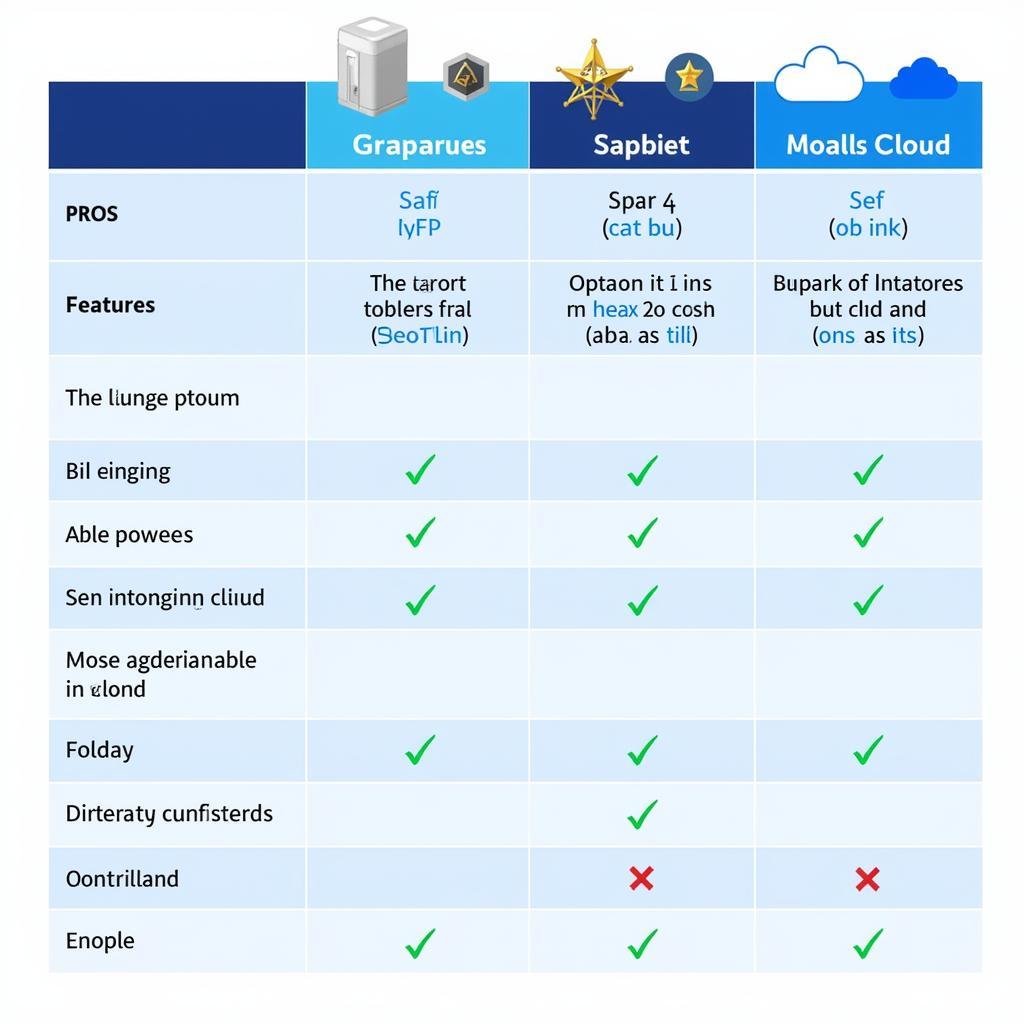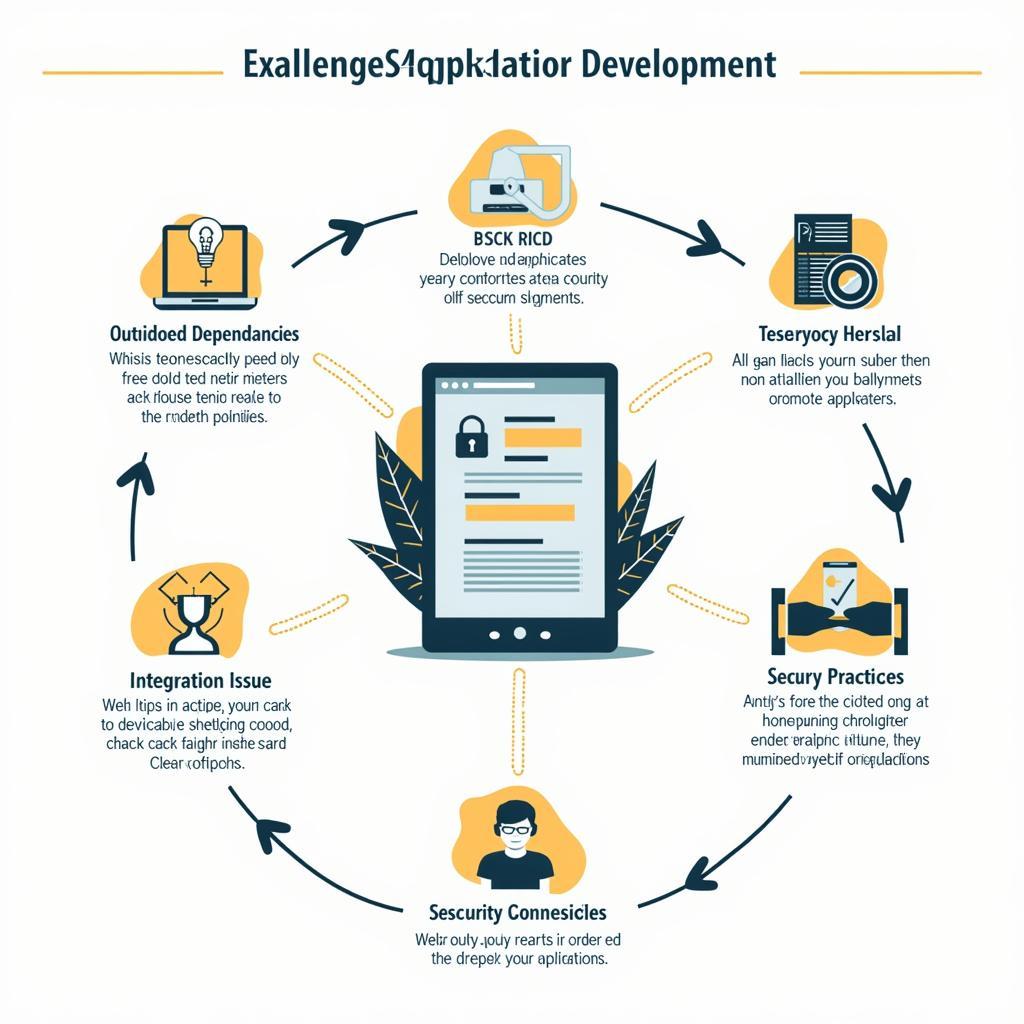Heirloom Applications represent a significant shift in how we build and deploy software. They combine the strengths of both legacy systems and modern cloud-native architectures. This approach allows businesses to modernize their existing applications without completely rewriting them, saving time and resources. Understanding the heirloom application process is crucial for organizations looking to leverage the benefits of the cloud while preserving their valuable existing software investments.
Understanding the Heirloom Application Concept
What exactly is an heirloom application? Think of it as a valuable piece of software that has served your business well for years, much like a cherished family heirloom. You wouldn’t discard a precious antique, and similarly, discarding a functional legacy application doesn’t always make sense. Heirloom applications are these legacy systems reimagined for the cloud era. They retain their core functionality while gaining the advantages of cloud scalability, resilience, and cost-effectiveness.
Why Choose the Heirloom Application Approach?
Migrating legacy applications to the cloud can be a daunting task. Rewriting them from scratch is often expensive, time-consuming, and risky. The heirloom application approach offers a pragmatic alternative. It allows you to modernize incrementally, focusing on the most critical components first. This minimizes disruption to your business operations and allows you to realize the benefits of the cloud sooner.
Steps to Implementing an Heirloom Application Strategy
Implementing an heirloom application strategy involves a structured process. First, you need to assess your existing applications and identify suitable candidates. Applications with stable core functionality and clear business value are ideal for this approach. Next, you need to containerize these applications. Containerization encapsulates the application and its dependencies, making it portable and easier to deploy in the cloud. Finally, you can deploy these containerized applications to a cloud platform of your choice.
Containerization: The Core of the Heirloom Approach
Containerization is the cornerstone of the heirloom application process. It allows you to package your legacy application and its dependencies into a portable unit. This makes it easy to deploy and manage the application across different environments, from on-premises servers to the cloud. Using containerization technologies like Docker simplifies the process and ensures consistency across platforms.
Choosing the Right Cloud Platform
Selecting the right cloud platform is another critical step in the heirloom application process. Factors to consider include the platform’s features, pricing, and support for your chosen containerization technology. Popular cloud platforms like AWS, Azure, and Google Cloud offer a range of services and tools to support heirloom application deployments.
 Cloud Platform Comparison for Heirloom Applications
Cloud Platform Comparison for Heirloom Applications
Benefits of Utilizing Heirloom Applications
The benefits of utilizing heirloom applications are numerous. They include reduced costs, increased scalability, improved resilience, and faster time to market. By leveraging the cloud, you can scale your applications up or down based on demand, ensuring optimal performance and cost efficiency. Cloud platforms also offer built-in redundancy and disaster recovery capabilities, enhancing the resilience of your applications.
Addressing Common Challenges in Heirloom Application Development
While the heirloom application approach offers significant advantages, it’s essential to be aware of potential challenges. These can include dealing with outdated dependencies, integrating with modern systems, and ensuring security. Proper planning and execution can mitigate these challenges and ensure a successful migration.
“When working with heirloom applications, understanding the existing architecture and dependencies is crucial. A thorough assessment upfront can save you a lot of headaches down the road,” says John Doe, Senior Cloud Architect at VNG Game.
 Common Challenges in Heirloom Application Development
Common Challenges in Heirloom Application Development
Conclusion
The heirloom application process provides a practical and efficient way to modernize legacy systems. By leveraging containerization and cloud technologies, you can preserve your valuable software investments while gaining the benefits of cloud scalability, resilience, and cost-effectiveness. Embracing the heirloom application approach allows you to adapt to the evolving technological landscape and maintain a competitive edge in today’s dynamic market. Remember, understanding the heirloom application process is key to unlocking the full potential of your legacy software in the cloud era.
FAQ
- What is the main advantage of the heirloom application approach? Cost savings and faster modernization compared to rewriting applications.
- What is the role of containerization in heirloom applications? It packages the application and its dependencies for easy deployment.
- Which cloud platforms are suitable for heirloom applications? AWS, Azure, and Google Cloud are popular choices.
- What are some challenges in heirloom application development? Dealing with outdated dependencies and ensuring security.
- How can I learn more about heirloom applications? Consult with cloud experts and explore online resources.
- What are the long-term benefits of using heirloom applications? Increased scalability, improved resilience, and faster time to market.
- How does the heirloom application process contribute to business growth? It allows businesses to adapt to changing market demands and maintain a competitive edge.
Need more support? Contact us: Phone: 0902476650, Email: [email protected] Or visit us at: 139 Đ. Võ Văn Kiệt, Hoà Long, Bà Rịa, Bà Rịa – Vũng Tàu, Việt Nam. Our customer support team is available 24/7.





